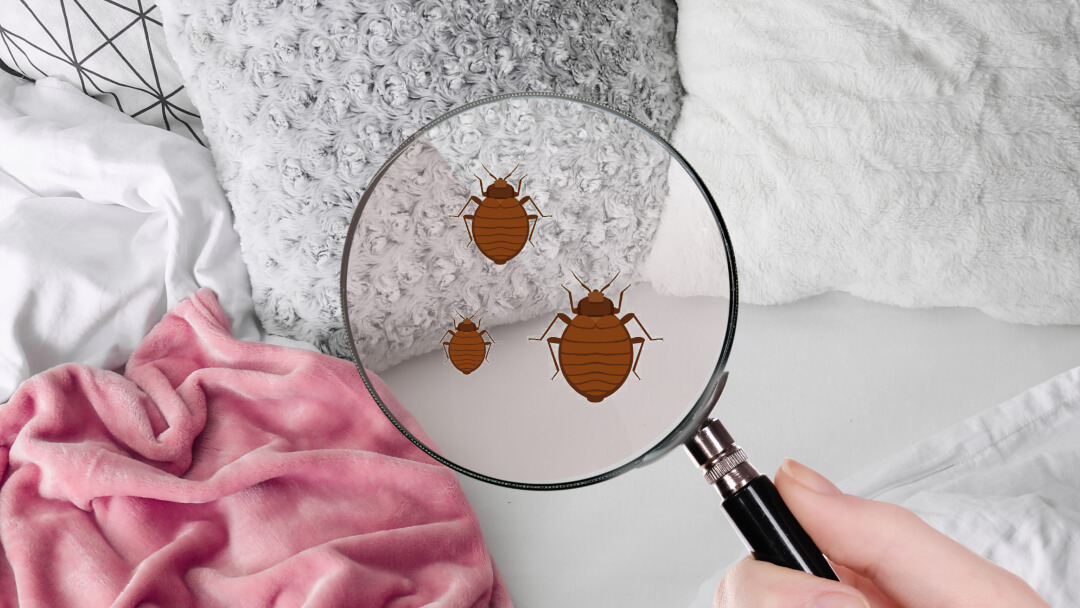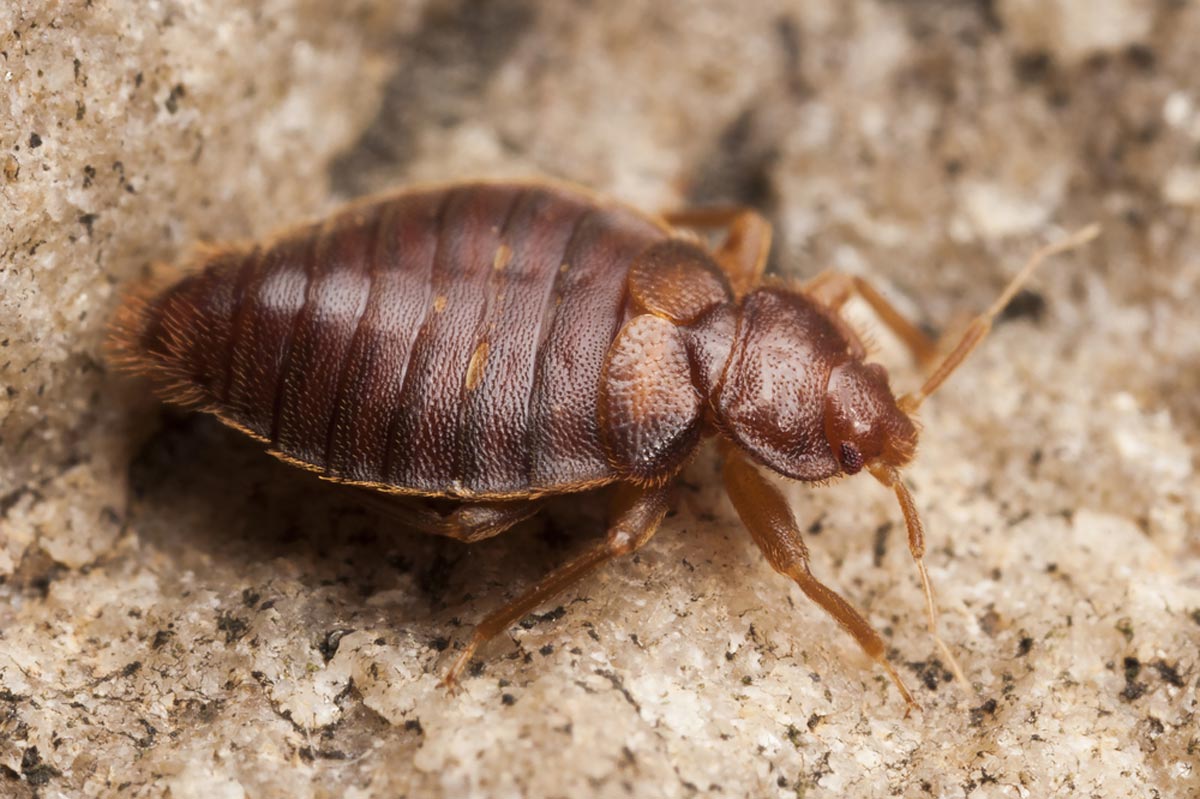Efficient Pest Control Techniques to Fight Bed Insect Invasions
As the frequency of bed bug problems continues to increase, the demand for reliable parasite control approaches has actually become extra pressing. By employing a combination of aggressive measures and targeted treatments, it is possible to take on bed pest invasions effectively.
Recognizing Bed Pest Habits
Bed insect habits is an important facet to understand when establishing efficient insect control techniques. Comprehending how bed bugs behave is fundamental in eradicating problems successfully. Bed bugs are nighttime insects that feed on the blood of people and animals. They are skilled at hiding in fractures and crevices near their hosts, making detection and removal tough. These insects are drawn in to warmth and co2, which is why they commonly reside in bedding, furniture, and walls near to where individuals rest or remainder.
Bed insects replicate swiftly, with ladies laying hundreds of eggs in their life time. Their capability to make it through for months without feeding makes them durable pests that call for detailed therapy approaches for removal. Furthermore, bed insects show a habits called "distressing insemination," where males pierce the females' abdomen to inseminate, leading to possible infections and physical damage.
Inspection and Discovery Strategies
Understanding bed pest actions lays the foundation for carrying out reliable inspection and detection methods in combating infestations. When conducting examinations for bed insects, it is vital to be detailed and organized. Bed bugs are adept at concealing in cracks and holes, so making use of a flashlight and a magnifying glass can help in finding their presence.
In cases where visual inspections may not be conclusive, employing discovery pets educated to smell out bed pests can be very reliable. Generally, a mix of visual assessments, keeping an eye on devices, detection dogs, and thermal cams can boost the precision and effectiveness of identifying bed insect invasions.
Non-Chemical Treatment Options
Carrying out non-chemical therapy options is essential in taking care of bed pest problems while prioritizing environmental safety and security and sustainability. Warm treatment is a widely made use of non-chemical approach that involves increasing the temperature in ravaged locations to levels dangerous to bed insects. This method permeates deep right into furnishings, mattresses, and wall cavities, efficiently getting rid of bed pests whatsoever life phases. An additional non-chemical approach is heavy steam therapy, which includes utilizing high-temperature heavy steam to eliminate bed insects on get in touch with. Vacuuming plagued areas with a high-powered vacuum can additionally help in reducing bed bug populations by literally eliminating them from surfaces. Additionally, framing bed mattress and box springtimes with bed bug-proof covers can catch existing bed pests inside and avoid new infestations. Additionally, making use of diatomaceous earth, a natural pesticide, can be efficient in killing bed pests by harming their outer safety layer. By employing these non-chemical treatment choices, individuals can fight bed bug problems effectively while reducing environmental effect.
Effective Chemical Control Methods

Among the most usual classes of chemicals used for bed insect control is pyrethroids. These chemicals function by disrupting the bed pests' nerve system, inevitably leading to paralysis and death. Over time, bed insects have established resistance to click reference pyrethroids, necessitating the usage of alternative chemicals such as neonicotinoids, desiccants, or insect growth regulators.

Stopping Future Problems
To decrease the danger of future bed pest invasions, aggressive safety nets must be implemented. One critical step is to consistently examine prospective entrance points for bed pests, such as cracks in walls, furnishings seams, and electrical outlets. Securing these access points with caulk or other ideal products can help protect against bed pests from acquiring accessibility to your home. Furthermore, minimizing mess in your house can get rid of concealing useful site areas for bed insects, making it simpler to find and address any kind of possible problems early on.
One more efficient safety net is to consistently clean and declutter your living areas. Vacuuming carpetings, rugs, and furniture can aid get rid of any kind of bed pests or eggs that may be existing. Washing and drying bed linens, linens, and clothing over heat can also kill any type of bed insects or eggs that may be hiding in these items. Furthermore, bewaring when buying used furnishings or clothes can help protect against the introduction of bed insects into your home.
Conclusion
